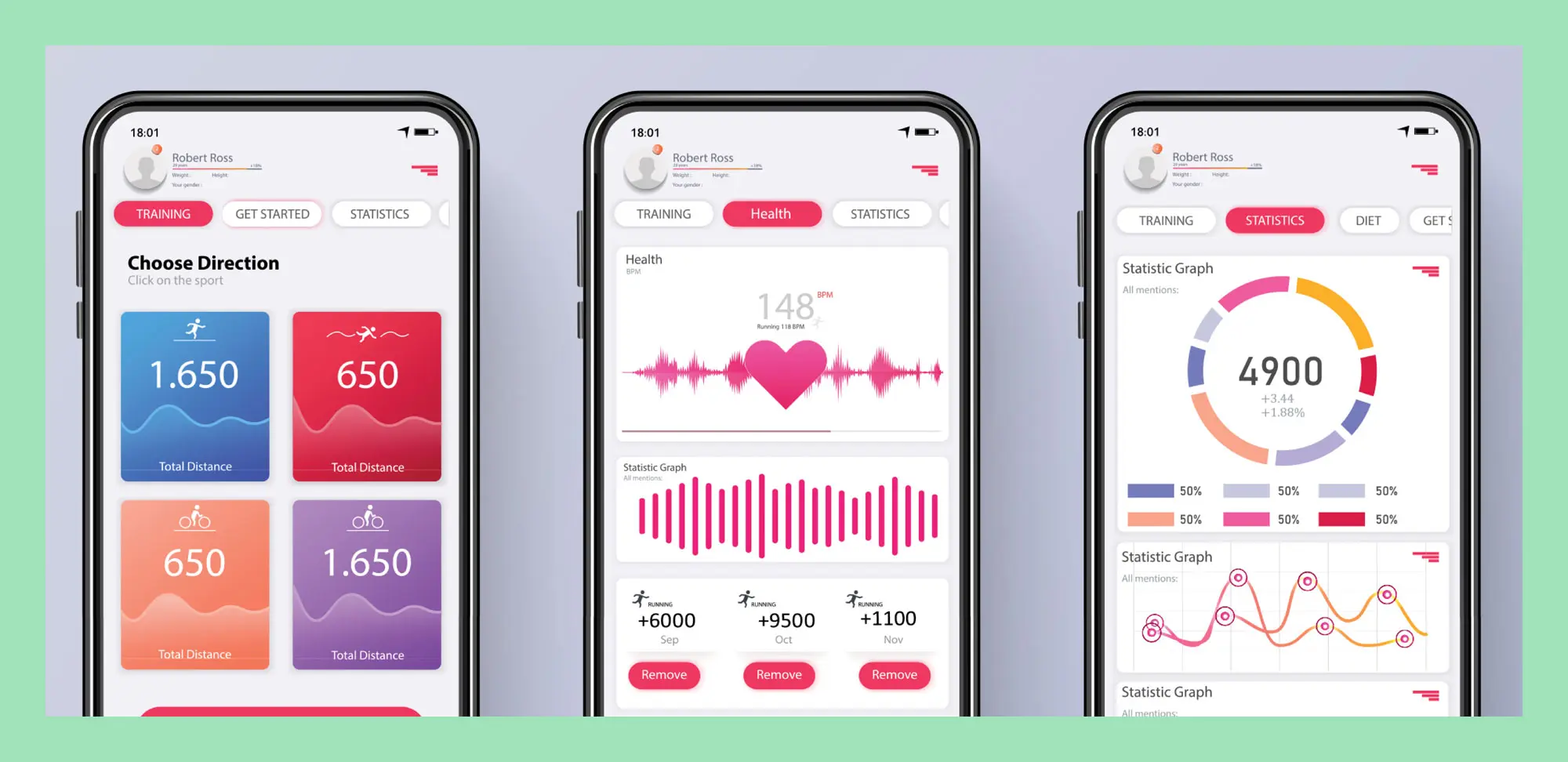Zentangle is a method for drawing that not only promotes focus, concentration and creativity but also increases your sense of well-being.
Invented by Rick Roberts, a longtime meditation practitioner, and artist Maria Thomas, Zentangle combines meditation principles with creative inspiration to draw structured patterns called tangles with combinations of dots, lines, simple curves, S-curves and orbs.
But it’s not doodling. “It’s not just whatever comes out of your pen,” Thomas says. “It’s all about patterns, which doodling is not.”
And it’s not colouring. “It’s not like a colouring book where it’s all laid out,” Roberts says. “No disrespect to that world, but with Zentangle, you’re creating as you’re going along instead of copying something or filling something in.”
Materials are simple: 3.5-inch (9 cm) pieces of paper (called “tiles”), black pen, pencil and tortillon (a paper blending stump).
A tile can be completed in roughly 30 to 45 minutes, Thomas says, and there are eight steps:
Step 1: Breathe and appreciate the paper and tools — and the opportunity to create something.
Step 2: Add a dot in each corner of the tile.
Step 3: Connect the dots to make a border (typically a square).
Step 4: Within the square, add a “string” to divide the square into different sections.
Step 5: Draw the tangles, “a predefined sequence of simple strokes that make up a pattern.”
Step 6: Add shading to create a 3D effect.
Step 7: Initial your work on the front.
Step 8: Appreciate your mini work of art.
Before you think you’re simply drawing a patterned work of art, there’s more.
Deborah Lawton, now a certified Zentangle teacher, taught herself to Zentangle after reading about it in a magazine. At the time she was teaching high school students and taught the method to them. “I didn’t know the process of teaching it,” she says, “but there was this calm that would take over in the room.”
That’s not surprising. “Something happens when you’re putting your pen to the paper,” Roberts says. “There’s a sensation of creativity, and there’s a stillness of the mind.” In meditation terms, you’re eliminating the chatter in your head and focusing mindfully on putting the ink on the paper.
Thomas and Roberts originally saw that Zentangle was beneficial for children, but as time went on, adults became their audience. “We found that people were looking for a way to sit and be mindful,” Thomas says. “Not everybody can sit down, close their eyes and think about nothing. That’s a very difficult thing to do. We reach the same place that the practice of meditation does in minutes.”


Thomas and Roberts are partnering with UMass Mind, part of the University of Massachusetts Chan Medical School, working with individuals with serious mental health issues. According to “Exploring Zentangle as a Virtual Mindfulness-Based Art Intervention for People with Serious Mental Illness,” a study of six participants who completed an eight-week Zentangle program, “preliminary data suggest that the use of Zentangle for participants with [serious mental illness] may have a positive impact on overall psychiatric symptoms and mindfulness. Moreover, the Zentangle Method encourages positive emotions like gratitude and self-accomplishment to counteract negative feelings of self-criticism and failure in participants.”
In another study, “The Effects of Zentangle® on Affective Well-Being among Adults: A Pilot Randomized Controlled Trial,” 38 participants from a nonclinical population participated in a two-hour Zentangle class. Those who practised Zentangle for more than 80 minutes per week had a significant reduction in anxiety symptoms and an improvement in self-compassion.
There has also been some anecdotal evidence of pain management.
Lawton, who taught a Zentangle course at a nursing home, talks about an elderly woman who was in a wheelchair and experienced chronic pain. “The class was two hours, and after the first hour, the woman exclaimed that she couldn’t feel her pain,” Lawton says. In fact, according to the nursing home that hired Lawton, the woman continued Zentangling because when she practised, she wasn’t in pain.
Thomas calls Zentangle a “forgiving” art form because there are no “mistakes.”
“The metaphors we get from the Zentangle method — no mistakes, doing things one stroke at a time, not focusing on what it should look like but being able to respond to each step along the way — have really translated into our life, and how we face problems or the unexpected,” Roberts says. “It has really given us a great tool kit for the larger canvas of life.”
For more information on Zentangle or to find a teacher in your area, go to zentangle.com, and for more in-depth instructions, go to zentangle.com/pages/get-started.










